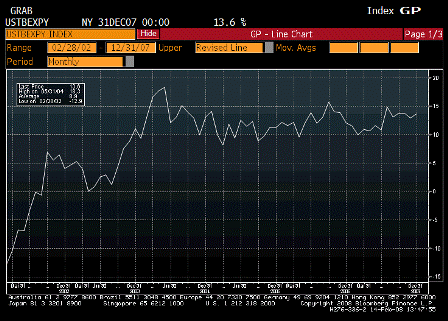Old Mistakes Die Hard
As part of the Roosevelt Institute’s 10-part series on the Jobs Crisis, running on the New Deal 2.0 blog from Nov. 12-25, I was asked to reflect on what can be done to get Americans working again. Here’s my take.
I’m tempted to say that the United States is plainly unable to cope with the economic crisis in a serious way. The barriers are philosophical, procedural, and constitutional. So long as economic thinking is mired in a world that disappeared with the collapse of the Bretton Woods system in 1971, so long as any action requires 60 Senate votes, and so long as political capital erodes from the start of a fixed four-year presidential term, we’re stuck.
Technically it would have been fairly easy, 10 months ago, to get this bus back on the road. There could have been open-ended fiscal assistance to stop the budget hemorrhage of the states and cities. There could have been a jobs program and effective foreclosure relief. There could have been a payroll tax holiday. There could have been a strategy for sustained massive effort on infrastructure, energy and climate. There could have been prompt corrective action to resolve, instead of coddle, the worst of the banks.
I mostly don’t blame President Obama; he and his team went as far as they felt they could. I blame the head-in-the-sand politicians in Congress, the over-optimistic forecasters, the half-educated press, and the power of the financial lobby. I blame the avatars of fiscal virtue, the public debt scare-mongerers, the astrologers for whom thirteen significant digits (a trillion) for the stimulus package was just too much. I blame the Senate, which hands the balance of power to small states at the expense of disaster areas like California, Florida and New York. I do blame the Bush-Obama financial policy team, who either believed that “credit would flow again” if you stuffed the banks with money, or knew that it wouldn’t.
The Bretton Woods point deserves another word. According to the system established in 1944, the U.S. current account deficit — and by extension our public budget deficit — was limited by an obligation to exchange foreign-held dollars for gold. Richard Nixon abolished that arrangement. Since the early 1980s, the world has held the Treasury bonds that the U.S. chose to issue. The system is fragile. But so long as it lasts, it doesn’t discipline our budget (and if it broke, we could replace it). Low interest rates prove this: despite all the dire predictions, there is no difficulty in placing Treasury debt. Hence, we are free to pursue high employment, if we choose to do it.
Can anything be done now? Well yes, technically: the same steps that could have been taken in January 2009 could be taken in January 2010. But they won’t be, because for the moment we are seeing the inventory bounce, a productivity surge, real GDP growth, and other “good signs.” So we’ll be told to wait, to be patient, and to make sure we don’t buy what we can’t afford. And double-digit joblessness will linger on, breeding frustration and anger — perhaps all the way through to the mid-term elections. After which, what will be possible is anyone’s guess.
Sorry to be defeatist — it’s the way I feel. Prove me wrong.
[top]

